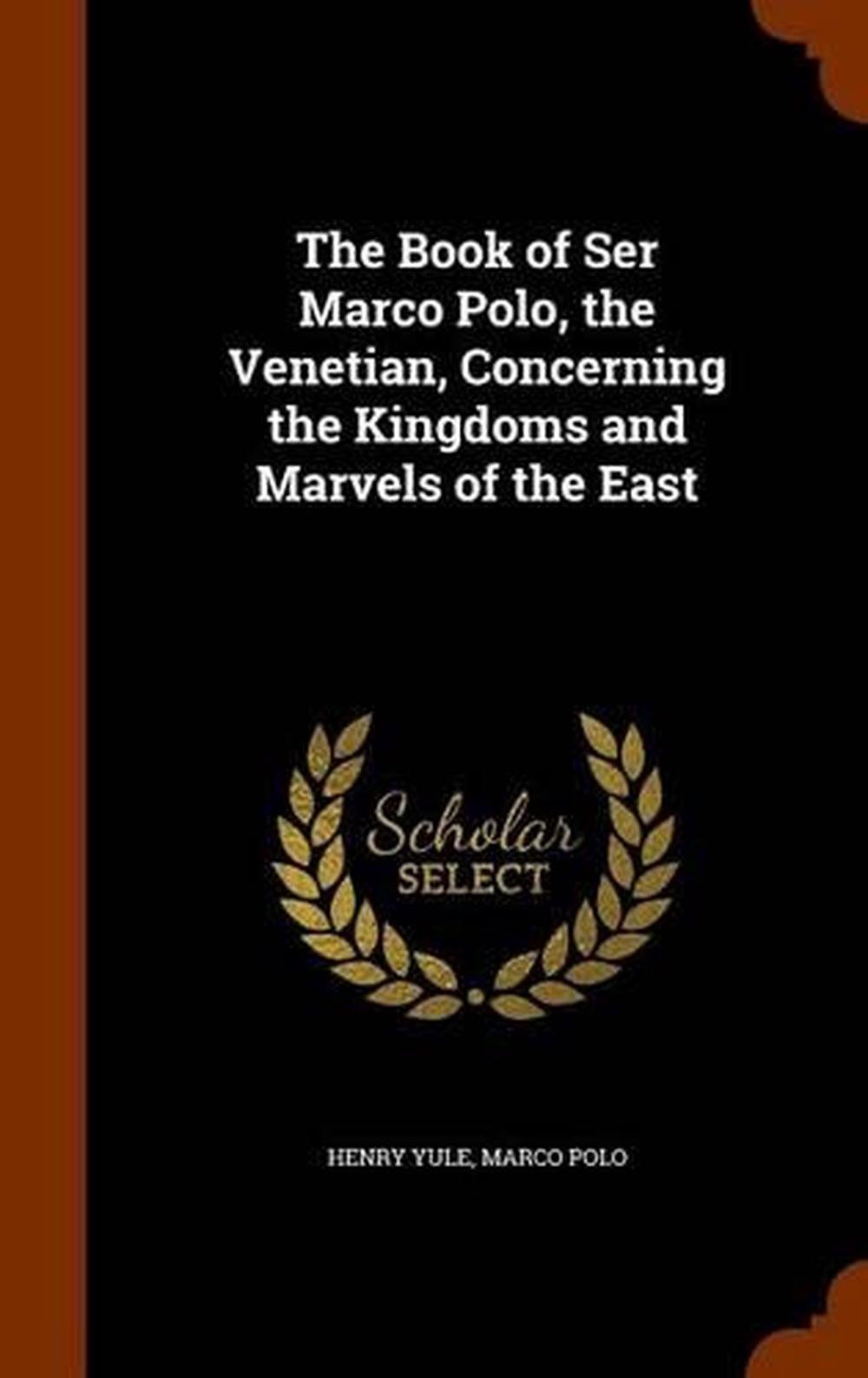


From then on, state after state across China and Central Asia was absorbed into the expanding Mongol empire. They first turned east, to the kingdoms of north and western China, eventually reaching Beijing, which fell to them in 1215. With the accession of this fearsome leader, the federation of tribes began expanding their strongholds beyond the Mongolian steppe. Temüjin enjoyed unprecedented control over what is now Mongolia. In 1206 a single leader, Temüjin, was elected Genghis Khan (meaning “Universal Ruler”) after he won a series of victories over his rivals.

The largest contiguous land empire the world had ever known emerged from a group of warring tribes. The easternmost part of the empire stretched to Asian shores of the Pacific. Its northwest component, the Khanate of the Golden Horde, stretched as far west as the Danube River in central Europe. By the time of the Polos’ great journey 17 years later, the Mongol empire had reached its maximum. By this time, Mongol hordes had reached Hungary. Marco Polo was born in 1254, at a time when Europe was looking not westward to the Atlantic, but eastward with fascination and trepidation.

Polo’s book reawakened Europe to the possibilities of international trade and expansion, and became a text that heavily influenced the age of discovery that dawned in Europe two centuries later. His book became a best seller, spreading throughout the Italian Peninsula in a matter of months-a remarkable feat in an age before Gutenberg’s invention of the printing press around 1439. He wrote of fabulous things, but also of everyday matters relating to commerce. Although fantastic legends and rumours from such far-off places had filtered through to Europe on the numerous east-west trading routes of the Silk Road, Polo’s eye brought them alive in a new way. The names of the places they traveled-Hormuz, Balkh, and Kashgar-became for Europeans indelible parts of a new mental map of the world. It tells the story, beginning in 1271, of an odyssey undertaken by a trio of Venetians, who travelled through extraordinary lands and into places where few Christians had ever been, all the way to the court of the Mongolian emperor, Kublai Khan. Gorgeously rendered, the Bodleian copy contains what many scholars consider to be an authoritative text. The Bodleian Library in Oxford, England, holds one of the earliest versions, dating from about 1400.


 0 kommentar(er)
0 kommentar(er)
